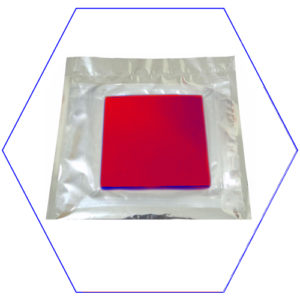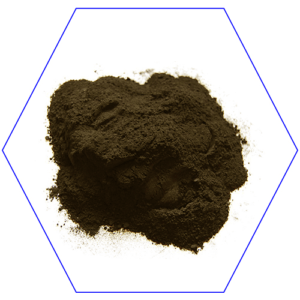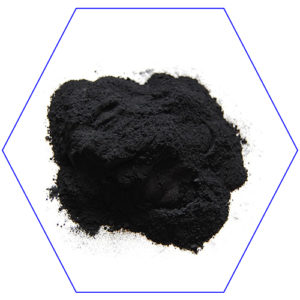Graphene aerogel - seven times lighter than air

The concept of aerogels was introduced in the 1930’s and graphene aerogel, or aerographene for short, is the newest addition thereto. It is seven times lighter than air and can be balanced on flowers or grass.
What is an aerogel? An aerogel is usually produced by the sol-gel method. A solid polymer is dissolved to form a gel. It is then dehydrated, and the water content is replaced by a gas. This gas is usually air, which lends the material the name of aerogel.
Aerogels usually have an air content around 99.98%, which makes them extremely light and useful in insulation applications.
How is graphene aerogel made? Graphene aerogel was recently developed in China using a special method instead of the usual sol-gel approach.
In this case, the dissolved polymer was treated in a more complex manner; the core logic is however that of the sol-gel method.
Details of the production process First of all, carbon is deposited onto a lattice of zinc oxide. Then it is heated in a surface until all the zinc oxide is removed and only carbon gel remains. The usual drying wasn’t sufficient and hence the researchers finally decided for an unusual freezing method.
A mixture of graphene and nanotubes is molded and dried by freezing. The remaining object comprises graphene (single atom-thick sheets of carbon) supported by nanotubes and air. One cubic centimeter of this material weighs only 0.16 mg, and it is the least dense material known to man.
Graphene aerogel – how can it be used?
As is apparent from its properties, graphene aerogel has a wide variety of applications. However, in essential, it can be used on its own as an extra light material, or in a composite with another material to achieve specific, desired properties.
Sorbent super-material Owing to its properties and extra-low density, graphene aerogel can absorb up to 900-times its weight in oil. The projection is it may be used to clean up oil spills or leaks of dangerous chemicals. Furthermore, graphene aerogel can return to its shape even after 90%. This means it can absorb the hazardous liquid, be wrung or squeezed into a container, and used again.
Use in insulation Its low density and thermal conductivity seem to hint that graphene aerogel could be used as an insulator.
New, lightweight batteries Graphene aerogel will most likely conduct electricity. While this property still wasn’t fully verified, it can be most likely expected. Due to the extremely low density of 160 g/m3, graphene aerogel batteries can be a feasible solution to car battery weight issues or lightweight batteries in consumer electronics or wearables.
3-D printing 3-D printing graphene aerogel is a real possibility that’s currently being explored. 3-D printed aerographene has a density of 500 g/m3 and hence is the lightest of its kind in the world (it holds the respective Guiness World Record for lightest 3-D printed structure).
Graphene-ceramic composite The newly developed graphene aerogel-ceramic composite was produced by a joint effort of Chinese and US universities. It comprises is a graphene aerogel scaffolding placed in between deposited ceramic layers.
The material is lightweight, flame-resistant, and elastic. Furthermore, it acts as an electrical conductor and thermal insulator. The particular combination of properties yields many potential applications in construction, sensor production, and especially aerospace engineering. While the aerogel itself wouldn’t withstand high temperatures, within the composite it is protected by ceramics. This makes it a suitable material for heat shields and other parts used in high temperature environments.






